Today we’re going to be taking a look at some of the things we love about foraging at the coast. Foraging comes in many forms, from picking mushrooms in the middle of the deepest woods to wandering through open flower meadows, there’s quite literally something to be found everywhere.
However, one of my favourite places to find edible wild foods is by foraging at the coast.
Britain is surrounded by water, we have a coast in every direction and with that comes a massive abundance of coastal edible plants and Seaweeds.
In my opinion foraging at the coast is a little easier than inland foraging as you already have a key identification feature by simply being by the coast.
Only certain plants can handle the harsh environments that get thrown in their direction, from saltwater spray to harsh winds and even being fully submerged in the salty seawater, these plants have adapted perfectly to grow where they are.
A couple of plants to keep your eyes peeled for:
On the salt marshes and around estuaries:
Marsh Samphire
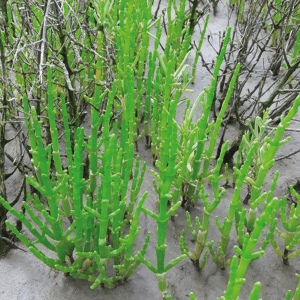
A Salty Succulent growing specifically on mud flats around the estuaries, it provides you with a truly amazing salty crunch.
Sea Purslane
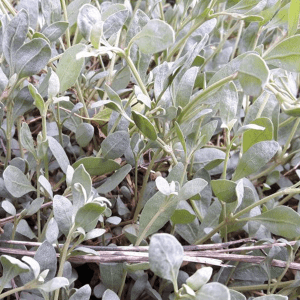
An prolific hedge looking bush that often surrounds salt marshes, the leaves from which provide an incredible salty crunch.
Sea Spray
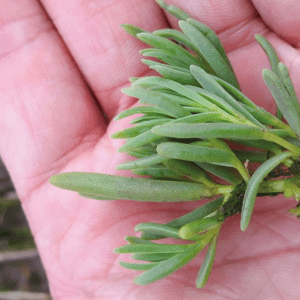
Sea spray grows amongst the marsh samphire and gives us a more fragrant salty flavour that in my opinion is more flavoursome than marsh samphire.
Sea Coriander
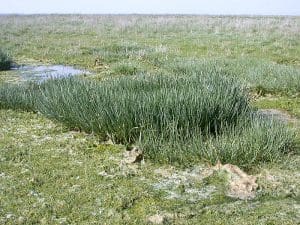
This plant looks almost identical to grass, however it tastes like coriander, something people walk over all of the time but with a little more of a look could provide amazing flavours.
What else to find when Foraging at the Coast
Alexanders
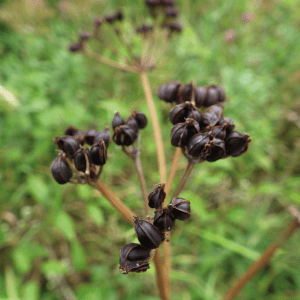
This coastal plant provides us with different flavours through the year, young shoots in the spring give us a strong celery flavour and the mature seeds provide us with a pepper substitute.
Rock Samphire
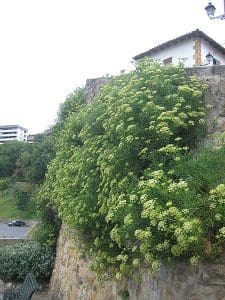
Not at all related to the marsh samphire, this plant hangs on the rocks around our coasts and has a strong carrot top flavour, we like it best wilted with butter.
Sea Buckthorn
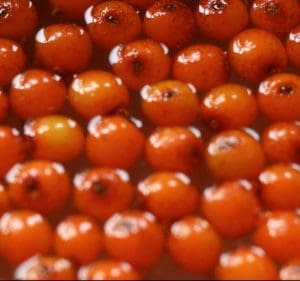
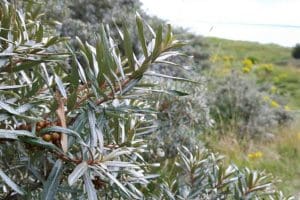
Sea buckthorn berries are a vibrant orange colour and give us a tart acidic flavour which I think is best suited to making sorbets.
Sea Beet
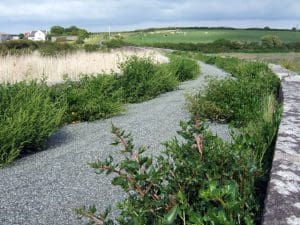
Sea Beet is one of those ingredients that you’ll slap yourself for having walked past all of this time, presuming it to be ‘just another weed’. It’s the big brother of sugar beet, chard and many other great ingredients we grow commercially. The easiest way to think of it is as a wild coastal spinach, it can be used in anyway you would use spinach 🙂
We’ve not even gotten to the Seaweeds Yet…..
And of course, you have the seaweeds; from the outstanding pepper dulse (also known as truffle of the sea) to the versatile Kelp (which can be cut and use like pasta) there’s a whole other world to get excited about – but we will come back to those at another time.
You can find our Seaweeds foraging Guides right here
Happy Foraging 🙂





